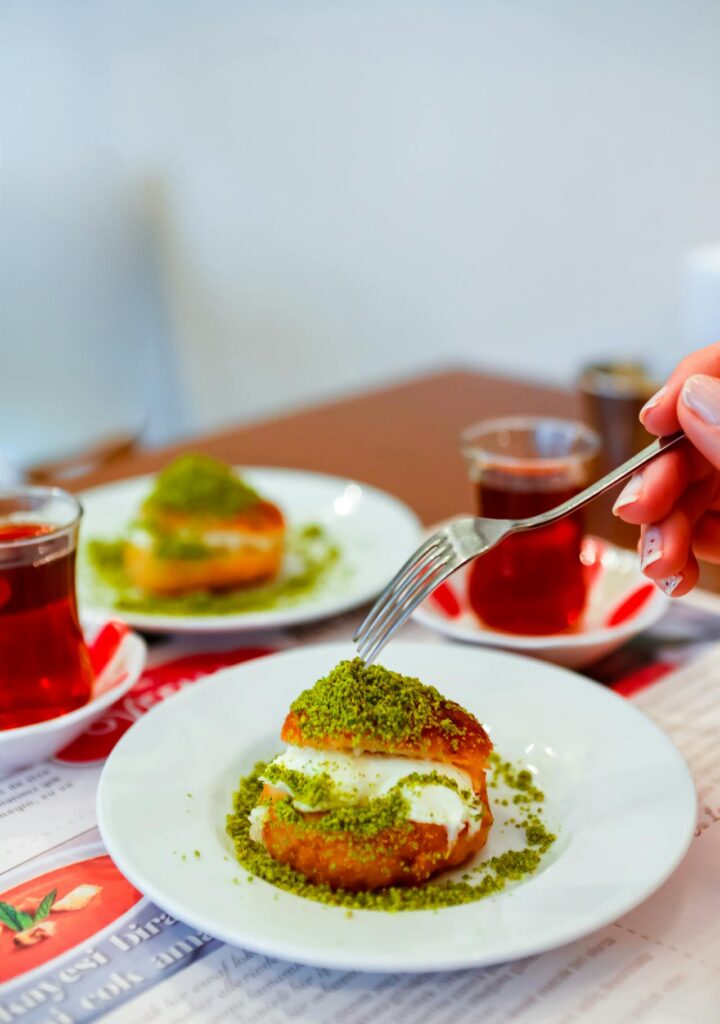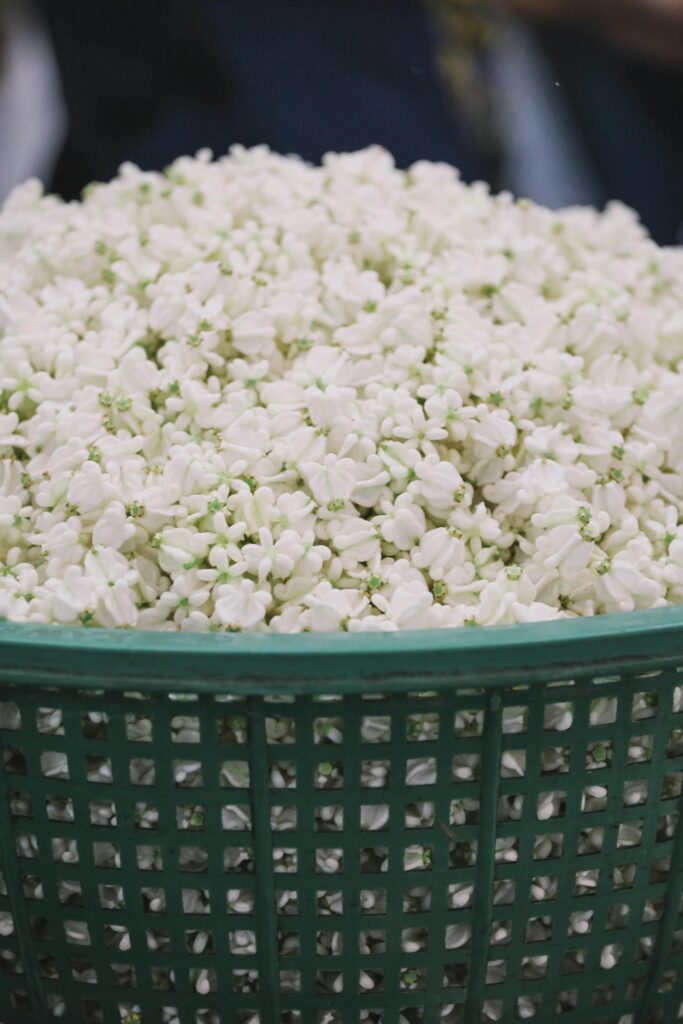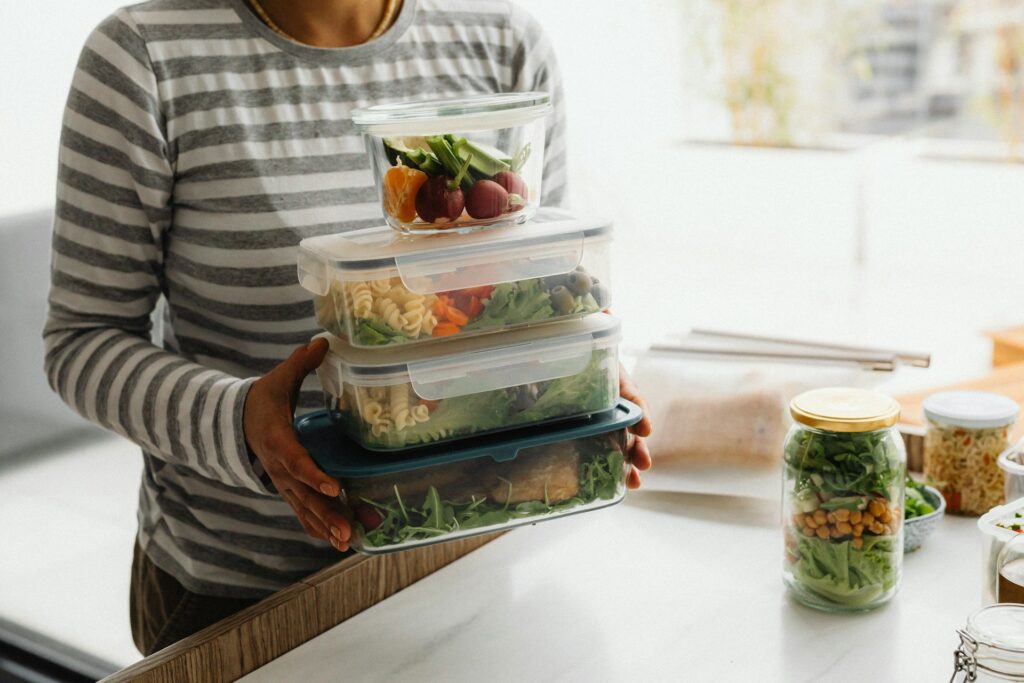The probationary period serves as a critical phase during which employers can assess the suitability of a new hire for a given role. It’s a time-honored tradition in the British workplace, designed to benefit both the employer and the employee by providing an opportunity to evaluate fit without long-term commitment.
How To Handle A Failed Probationary Period With Professionalism & Fairness
However, what should an employer do if an employee’s performance during this trial period is found wanting? Here’s a comprehensive guide to handling such a delicate situation with professionalism and fairness.
Reflect On The Probationary Objectives
Before taking any action, it’s essential to revisit the objectives set out at the start of the probationary period. Were they clear and achievable? Did the employee understand what was expected of them? Reflecting on these questions can help determine whether the probationary period was a fair test of the employee’s abilities.
Provide Constructive Feedback
If an employee’s performance is subpar, it’s crucial to provide constructive feedback. This should be done in a manner that is supportive and aimed at professional development. Employers should schedule a meeting to discuss the areas of concern and provide specific examples of where expectations have not been met.

Offer Support & Training
Sometimes, an employee may struggle due to a lack of support or training. Employers should consider whether additional resources could help the employee improve. This could include further training, mentoring, or adjusting workloads. It’s important to give the employee every reasonable chance to succeed.
Conduct A Fair Review Process
The review process should be fair and consistent. Employers must ensure that they have documented all instances of underperformance and that the employee has been given a chance to respond. It’s also important to ensure that the employee has been reviewed against the same standards as others in similar roles.
Read: 7 strategies to help you strike the right balance between work and wellness
Consider Extending The Probationary Period
If there are signs of potential that have not been fully realised, employers might consider extending the probationary period. This can provide additional time for the employee to improve and demonstrate their capabilities. However, this should be done with clear objectives and timeframes, and only if there is a reasonable prospect of the employee meeting the required standards.
Make A Decision Based On Performance
Ultimately, if an employee’s performance does not improve despite support and additional training, employers may need to make the difficult decision to terminate employment. This decision should be based on documented performance issues and should follow a fair and legal process.

Handle The Termination With Care
If termination is the only option, it’s important to handle the process with sensitivity. Employers should meet with the employee to explain the reasons for the decision and provide them with written confirmation. It’s also important to ensure that the employee is treated with respect and dignity during this difficult time.
Terminating an employee during their probationary period is a decision that should never be taken lightly. It may be necessitated by various factors, such as challenges in meeting the expected progress, conduct that doesn’t align with company standards, or difficulties in adapting to the workplace culture. We understand that this can be a sensitive time for both the employee and the employer.
While it is not mandatory to disclose the specific reasons for the termination of a probationary employee, we believe in the importance of transparency and support during this process. It is our responsibility to ensure that the employee is given a fair notice period to prepare for their next steps.
In the event of such a transition, we encourage our employees to consult with a settlement agreement solicitor who can provide guidance and ensure that the terms of departure are fair and respectful for all parties involved. Our goal is to handle these situations with the utmost care and consideration for the well-being of our team members.
Learn From The Experience
Finally, employers should use the experience as a learning opportunity. Consider whether there are any lessons to be taken from the recruitment process or the probationary period itself. Could the selection criteria be improved? Was the onboarding process adequate? Reflecting on these questions can help improve future recruitment and probationary processes.
What Rights Does The Employee Have Here?
When navigating the complexities of a probationary period that isn’t going well, it’s not only the employer’s actions that are important. The employee in question also has rights that must be respected throughout the process. Understanding these rights is crucial for employers to ensure that any actions taken are fair, legal, and ethical.
Right to Fair Treatment
Employees have the right to be treated fairly and without discrimination during their probationary period. This means that any decisions regarding their employment must be based on their performance and conduct, rather than any protected characteristics such as age, gender, race, religion, or disability.
Right to Clear Expectations
From the outset, employees should be given clear, achievable objectives and performance standards. They have the right to know what is expected of them and to receive any agreed-upon support or resources necessary to meet those expectations.
Right to Feedback and Support
Employees are entitled to regular, constructive feedback on their performance. If there are areas where they are not meeting expectations, they have the right to know this and to be offered support, guidance, and potentially additional training to help them improve.

Right to a Review Process
If an employer is considering terminating an employee’s contract due to a failed probationary period, the employee has the right to a fair review process. This includes being informed of the specific areas where they have not met required standards and being given the opportunity to respond or make improvements within a reasonable timeframe.
Right to a Notice Period
Even during the probationary period, employees are typically entitled to a notice period if their employment is to be terminated. The length of this notice period should be outlined in the employment contract and must be adhered to, unless the termination is due to gross misconduct.
Right to Appeal
In many cases, employees have the right to appeal against a decision to terminate their employment. Employers should provide information on the appeals process, including timeframes and to whom the appeal should be addressed.
Right to a Written Explanation
If an employee is dismissed following a probationary period, they have the right to a written explanation of the reasons for their dismissal. This documentation is important for the employee’s understanding and, if necessary, for any subsequent legal proceedings.
Right to Legal Redress
Should an employee feel that they have been unfairly dismissed or discriminated against, they have the right to seek legal redress. This could involve making a claim to an employment tribunal. However, it’s important to note that there are time limits for making such claims, and employees typically need to have completed a minimum period of service to qualify for certain rights.
Employers must be aware of these rights and ensure they are upheld throughout the probationary period. Failure to do so could result in legal consequences and damage to the employer’s reputation. It is always advisable to seek legal advice when dealing with complex employment issues to ensure compliance with current employment laws and regulations.
The Bottom Line
When an employee’s probationary period doesn’t go well, it’s important for employers to act with fairness and integrity. By providing clear objectives, constructive feedback, and support, employers can ensure that they have given the employee every chance to succeed. If termination becomes necessary, it should be handled with professionalism and care. By learning from the experience, employers can continue to refine their practices and foster a productive and positive work environment.


























































































